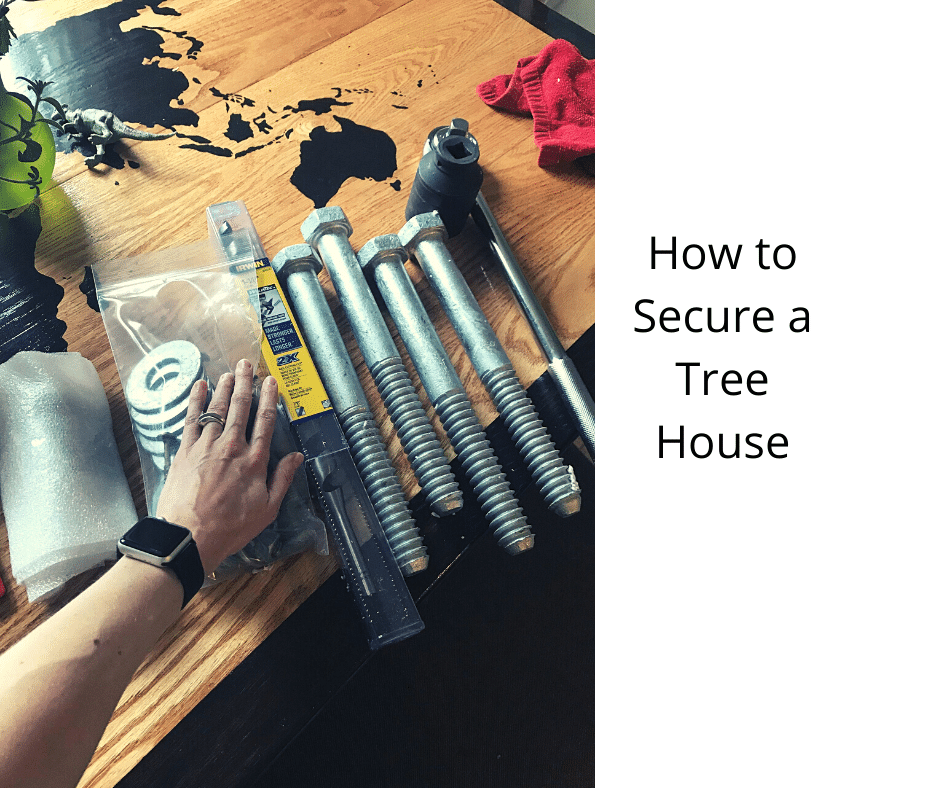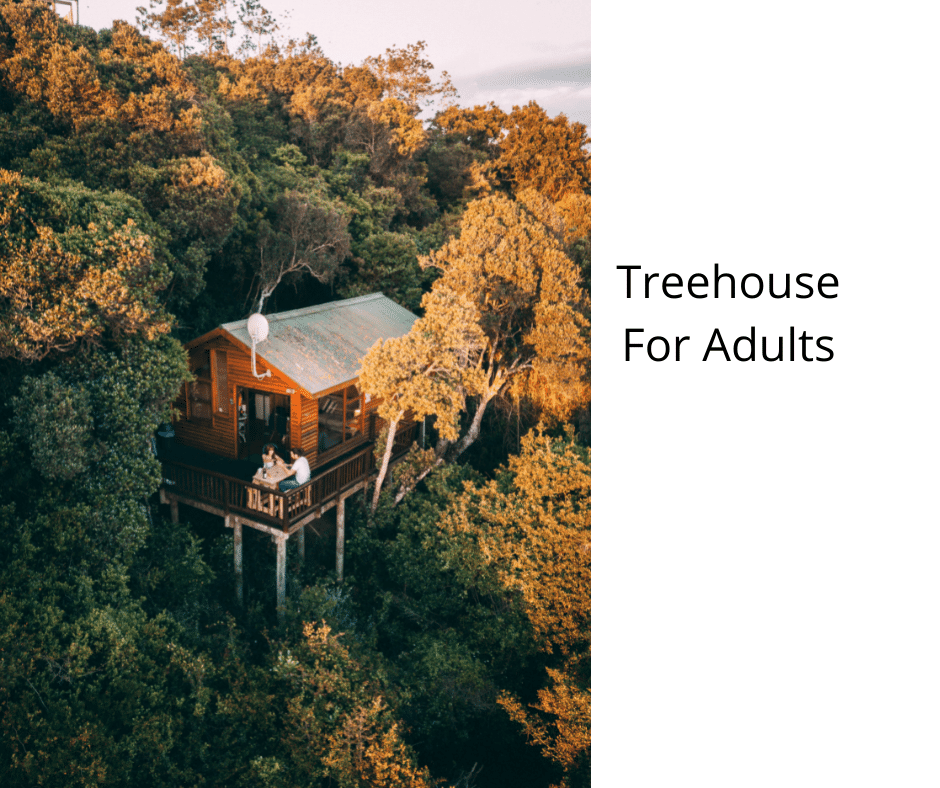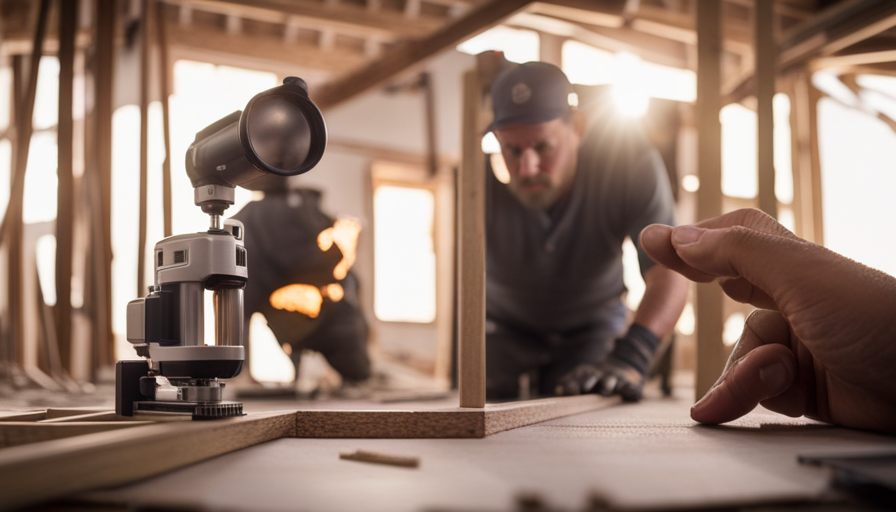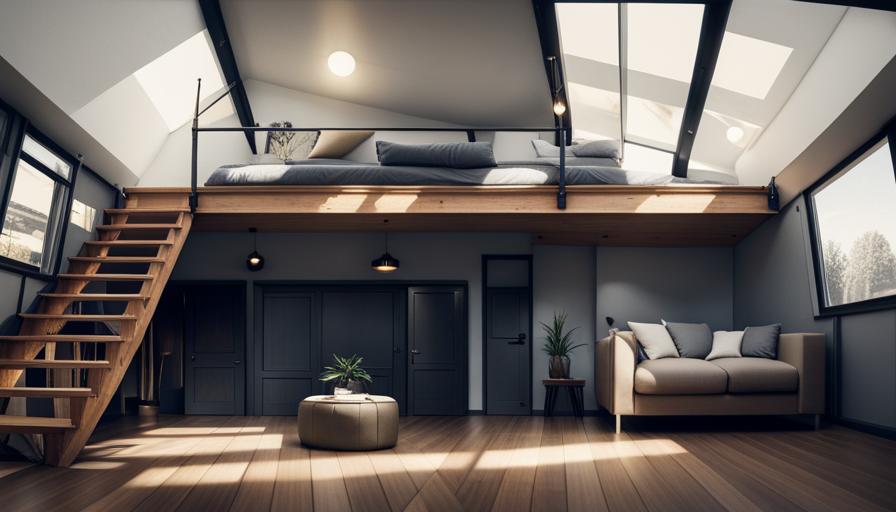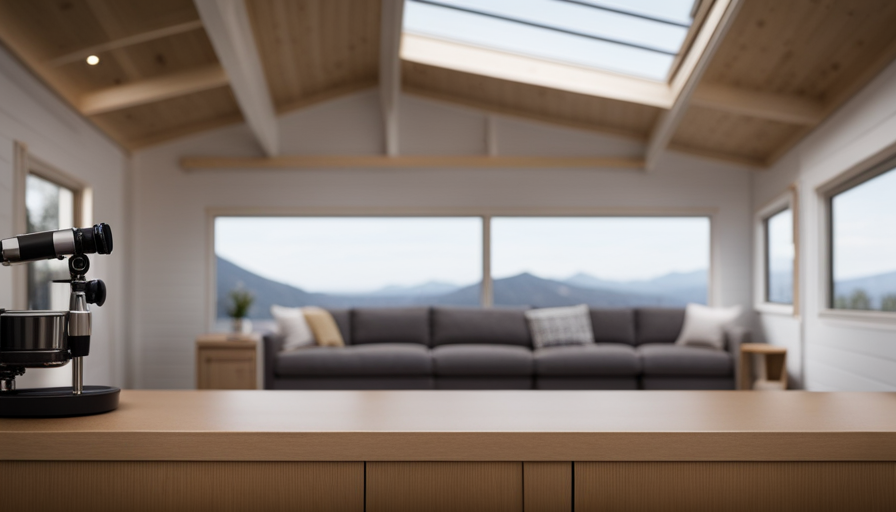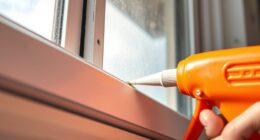There are three main approaches for strengthening your tree house. These methods consist of using knee-brace support brackets, threaded rods, or floating brackets. It is also crucial to incorporate a lag bolt for added support. If time constraints prevent drilling a hole in every joist, a metal tube can be used as a guide. Once the hole is made, insert the lag bolt into the bracket with a socket wrench. Ensure the bolt’s head sticks out two to three inches above the bracket. After firmly securing the bolts, proceed to lay the entire decking span, maintaining a distance of 3 inches from the tree. Finally, attach the decking securely to the tree and fasten ring-shank nails into each joist.
Floating Brackets
Floating brackets are a great option for connecting multiple trees, especially if you plan to build a multi-level treehouse. These brackets are typically 1.25″ in diameter and are used to secure a pipe or other piece of cabling from a higher point on the tree. The floating bracket is typically made of steel and has a powder-coat finish. Floating brackets work best with lag bolts that are 1.25 inches in diameter.
There are different kinds of TABs available. SL TABs are used for attaching bridges and larger treehouses, while short TABs are used for attaching smaller structures. Both types of TABS work well with various treehouse designs, and different types require specific screw mountings. Depending on which type you purchase, you need to check with your local hardware store to determine which type of attachment bracket is right for your project.
If you choose a lag bolt, you should first measure the height of the tree house’s floor. This will allow you to determine the right size of the bolt. If you plan to build a treehouse in a large backyard, it will be easier to find the right type of hardware. The correct bolt will be able to support the weight of the entire structure. When it comes to lag bolts, make sure to purchase galvanized ones. They are a great choice and can be bought at any hardware store.
While treehouse attachment bolts are designed to hold heavy loads, their placement is not as important as the tree’s condition. The health of a tree directly affects the stability of a treehouse and its ability to withstand nails and other fasteners. A healthy tree will begin compartmentalizing and adding structural material to protect itself against damage from nails. If the treehouse is poorly maintained, you may risk your tree’s health.
Once you have the main support, you can begin to attach the 2×6 boards. Make sure to nail them to the platform’s main supports and the middle. You can also add galvanized rafter ties to secure the main supports. The remaining 2×4 boards will be used to brace the platform. Finally, if you plan to put windows and doors in the treehouse, you should frame out where they will be located.
The enormous diameter lag bolts can be used for tree house construction. The larger bolts provide the same strength as many nails or screws but are safer for the tree, as they cause fewer puncture wounds. The larger the diameter of the lag bolts, the more durable and long-lasting the tree house will be. If you plan to use smaller lag bolts, you should space them at least 18 inches apart.
Threaded Rod
If you’re building a tree house, you need to use the right threaded rod. A standard threaded rod is made to withstand loads in tension, not in shear. This means that it will bend and break under shear loads. Because of this, a larger rod will not be suitable for building a tree house. For smaller structures, however, you can use a large rod.
Three standard lag bolt sizes are widely available. These bolts are usually used in single-tree setups with a substantial tree and on low platforms. When choosing the right lag bolt, make sure to measure the combined diameter of the pieces of media you’re attaching. A 5/16 inch bolt is the most common size, but you may want to use a 3/8-inch bolt if you use larger pieces. If you’re unsure of what size you need, Old West Iron can help you find the right bolt.
Another option is a TAB, which is a steel bar that is attached to the end of a bolt. If you’re going to use a TAB, you may need to add a steel bar beyond the bushing. This bar will serve as the rigging point for the bolts, and should be a few inches longer than the actual tree. This way, you can be confident that the bolts will be parallel and level.
After you’ve screwed the bolts into the wood, you’re ready to attach the rails. To make the rails and corner posts, cut a 7 1/4-inch-long notch into each branch. Threaded rod for tree house lag bolts will make them secure and sturdy. In a few short months, you’ll have a tree house that you’re proud of.
Another alternative is using decorative bolts to create an industrial look. The exposed beam look has become very popular amongst interior designers, and lag bolts with a dark finish will complement the look of an exposed beam. Decorative bolts will enhance any building or outdoor project. These bolts also come in various shapes, including hexagonal and square heads. Whether you’re creating a treehouse or a deck, they’ll make your structure look special.
A failed tree house fastener can prevent the tree from opening and can cause the tree to warp or sag. A failed fastener could even break the tree. So, it’s important to use the right fasteners for your treehouse. Choosing the right fasteners for the job can help you avoid problems later. If you’re unsure what to use, consult the treehouse FAQ to find out more.
Before installing a threaded rod, make sure to clear any wood chip debris that may interfere with the installation of your TAB. To remove any excess wood chip debris, try blowing the chip debris out of the hole with a long straw. Afterwards, begin screwing the TAB into the tree, and turn it in slowly, so that the first two threads catch the wood. This will ensure that the bolt will remain secure in place.
Knee-Brace Support Brackets
To build a tree house, you need to install treehouse knee-brace support brackets. The brace is attached to the tree by a metal tube. To make it stronger, use a metal bracket instead of wood. A metal bracket is much stronger than wood but more expensive. It is important to match the cut angles on the brace to the notch on the beam. Then, secure the entire joint with a lag bolt.
There are several types of knee-brace support brackets that can be used for treehouses. The most common type is 3/8″ steel plate. The steel should be treated to prevent rust. The protruding part of the bracket is attached to the tree beam using 1/2″ bolts. The spacing between each bracket should be about 12 inches on each side. You may also want to use a cheater bar to add extra leverage and stability.
Another option is a pipe suspension bracket. This type is best for connecting two or more trees. This bracket eliminates friction between the pipe and the brace, giving the brace a secure grip. Pipe suspension brackets can be steel and have a powder coat finish. To use this type of brace, you must install lag bolts of at least one inch in length. You should have a drill bit that is 5/8 inches in size. Then, insert the knee brace into the slot. Finally, attach lag bolts with nuts and washers.
Another option is to use treehouse attachment bolts. These bolts are specially designed for a treehouse. They are made to spread the load evenly and can support up to 2000 pounds. They are made of two pieces of steel, each with a four-section design. The nut prevents the beam from falling off the bolt’s end. This option is also good if you do not want to risk damaging the tree with the bolts and screws.
Another option is to use cables. These are flexible and connect to an overhead branch via an eye hook or another bracket. This allows the user to enjoy the ultimate freedom of movement. In addition to cables, these cable attachments are easy to install. They also come with four heavy-duty S-hook straps and a compact carrying case. They are an essential part of a treehouse. There are many different ways to connect a treehouse to a tree.
When you attach a treehouse, you must ensure that it is at least 10 feet from the ground. You should also choose a tree with “V”-shaped branches for extra support. These branches will also provide four anchor points. Once you’ve decided on the location, pre-drill at four locations in the tree by drilling 3/8″ into each branch’s prong. You should then level the holes and insert long bolts through the brackets.
I’m Theodore, and I love tiny houses. In fact, I’m the author of Tiny House 43, a book about tiny houses that are also tree houses. I think they’re magical places where imaginations can run wild and adventures are just waiting to happen.
While tree houses are often associated with childhood, they can be the perfect adult retreat. They offer a cozy space to relax and unwind, surrounded by nature. And since they’re typically built on stilts or raised platforms, they offer stunning views that traditional homes simply can’t match.
If you’re looking for a unique and romantic getaway, a tree house tiny house might just be the perfect option.
